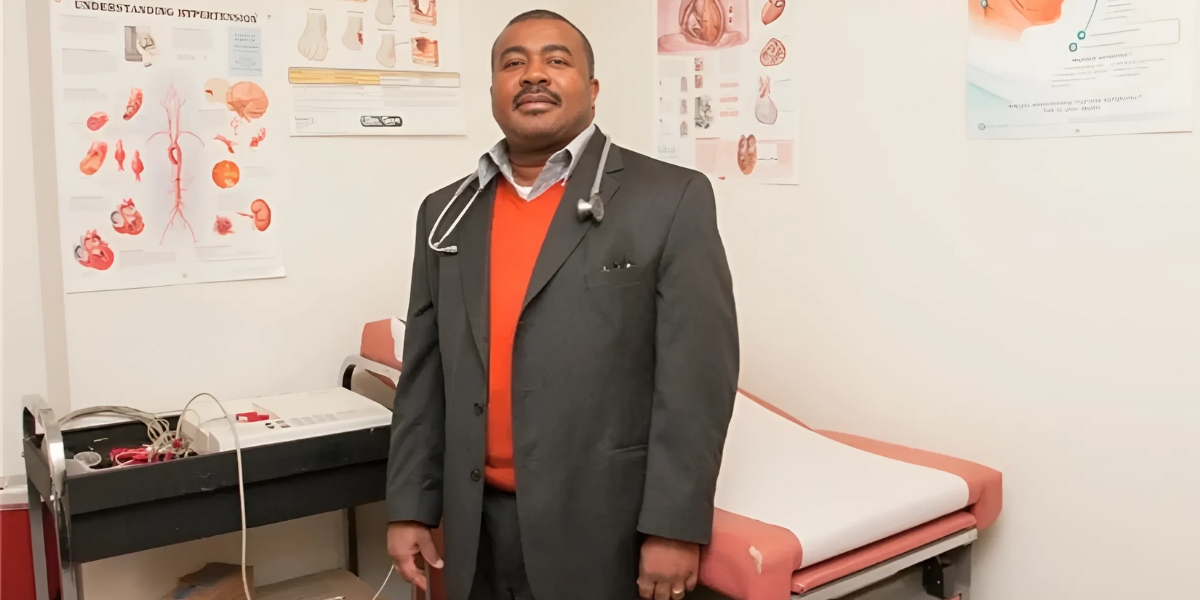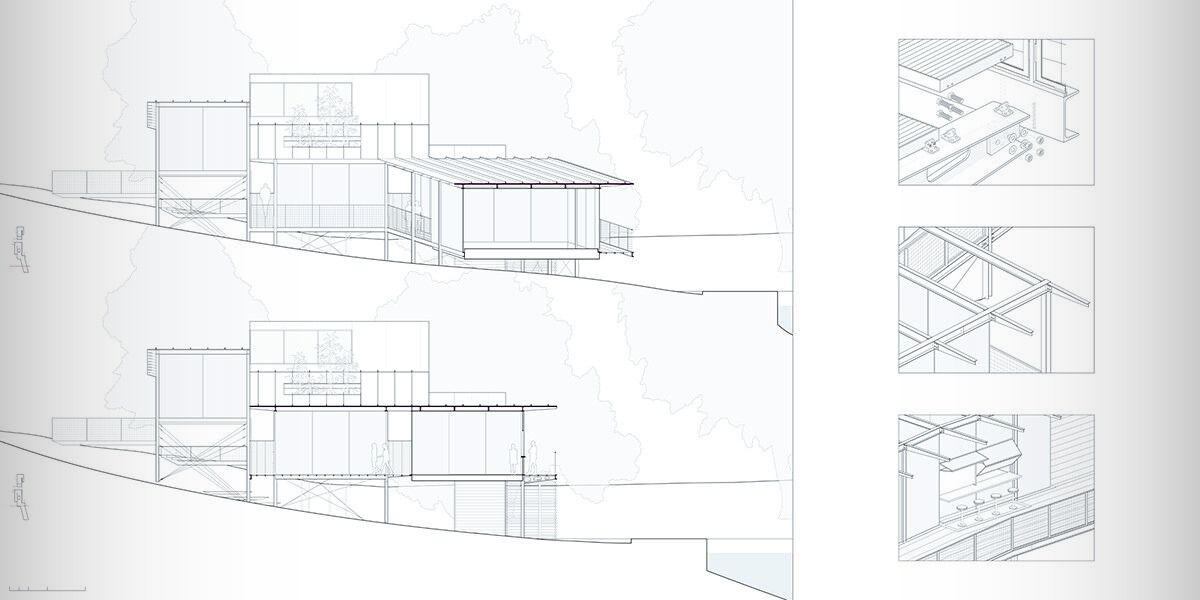Riding a motorcycle at night can be an exhilarating experience, offering a sense of freedom and adventure. However, it also comes with its own set of challenges and risks. In a city like Le Mans, where motorcycling culture thrives, riders must prioritize safety, especially when riding after dark. Whether you’re commuting home from work or enjoying a leisurely nighttime ride, here are some crucial safety tips to keep in mind. Click here for more info.
Ensure Proper Visibility
One of the most significant challenges of riding at night is reduced visibility. To combat this, make sure your motorcycle is equipped with proper lighting. Before hitting the road, check that your headlights, taillights, and turn signals are all in working order. Consider installing auxiliary lights or reflective tape to increase your visibility to other drivers.
Wear Reflective Gear
In addition to making sure your motorcycle is visible, it’s important to ensure that you are visible as well. Invest in reflective gear, such as a high-visibility jacket or vest, helmet stickers, and reflective strips on your boots or gloves. These simple additions can make a significant difference in how well other motorists can see you on the road.
Stay Alert and Focused
Riding at night requires heightened concentration and awareness. Fatigue can set in more easily after a long day, so make sure you’re well-rested before embarking on a nighttime ride. Avoid distractions such as using your phone or listening to loud music, as these can impair your ability to react to potential hazards on the road. Explore more on this website.
Watch Out for Wildlife
In rural areas surrounding Le Mans, wildlife such as deer and other animals may be more active at night. Be extra vigilant when riding through wooded areas or open fields, and be prepared to react quickly if an animal crosses your path. Reduce your speed and use caution when approaching areas known for wildlife activity.
Maintain a Safe Following Distance
Maintaining a safe following distance is crucial for night riding, as it allows you more time to react to sudden changes in traffic or road conditions. Increase your following distance compared to daytime riding, especially in low-light conditions or on unfamiliar roads. Remember to adjust your speed accordingly to maintain a safe buffer between yourself and other vehicles.
Be Prepared for Changing Weather Conditions
Weather conditions can change rapidly, especially at night. Always check the forecast before heading out on a nighttime ride, and be prepared for sudden changes in temperature, visibility, or road surface conditions. Carry appropriate gear, such as a waterproof jacket or extra layers, to stay comfortable and focused on the road ahead.
Plan Your Route in Advance
Before setting out on a nighttime ride, take some time to plan your route in advance. Choose well-lit roads whenever possible, and avoid areas with high levels of pedestrian or bicycle traffic. Familiarize yourself with any potential hazards or construction zones along your route, and have a backup plan in case of unexpected road closures or detours.
Stay Visible at Intersections
Intersections can be especially dangerous for motorcyclists, as other drivers may have difficulty seeing you, particularly at night. Position yourself in the lane where you are most visible to other motorists, and use your turn signals early and consistently to indicate your intentions. Make eye contact with drivers whenever possible to ensure they are aware of your presence.
Perform Regular Maintenance Checks
Regular maintenance is essential for ensuring your motorcycle is in optimal condition for nighttime riding. Check your tires, brakes, and suspension regularly, and replace any worn or damaged parts as needed. Keep your headlights clean and properly aligned, and replace bulbs promptly if they burn out. A well-maintained motorcycle is not only safer but also more reliable on the road.
Ride Defensively
Finally, always ride defensively and anticipate potential hazards before they arise. Assume that other drivers may not see you and be prepared to take evasive action if necessary. Scan the road ahead for obstacles, debris, or uneven pavement, and adjust your speed and position accordingly. By staying alert and proactive, you can help reduce the risk of accidents and enjoy a safer nighttime ride in Le Mans.
Utilize Defensive Riding Techniques
In addition to staying alert and proactive, employing defensive riding techniques can significantly enhance your safety on the road, especially at night. Always anticipate potential hazards by scanning the road ahead and checking your mirrors frequently. Keep a keen eye on the behavior of other motorists, including their speed, signaling, and lane changes. By staying vigilant and ready to react, you can better avoid dangerous situations and maintain control of your motorcycle.
Avoid Riding Under the Influence
Riding a motorcycle requires full cognitive and physical abilities, which can be compromised by alcohol or drugs. Never ride under the influence of alcohol, prescription medications that impair your judgment, or recreational drugs. Even small amounts of substances can impair your reaction time, coordination, and decision-making skills, increasing the risk of accidents, especially at night when visibility is reduced.
In conclusion
While nighttime riding in Le Mans can be thrilling, it’s essential for motorcyclists to prioritize safety above all else. By following these ten tips, riders can minimize risks and enjoy a more secure and enjoyable experience on the road after dark. Remember, visibility, focus, and preparation are key to staying safe while embracing the adventure of nighttime motorcycling in Le Mans.
Published by: Nelly Chavez









